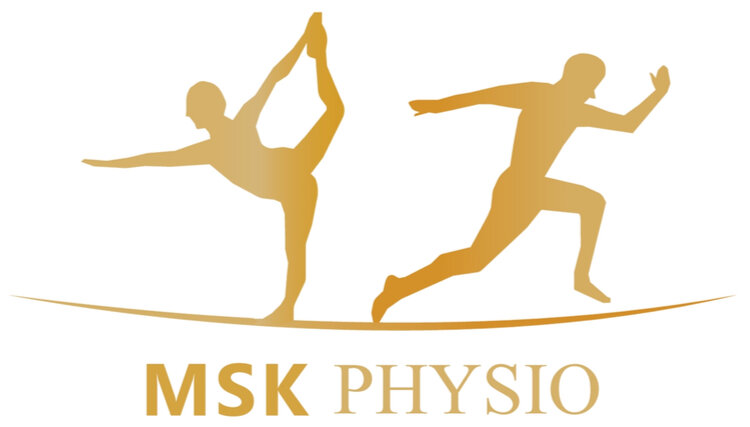Understanding Running Injuries
Running is a brilliant form of exercise to stay fit and healthy, but it's not without its risks. Whether you're a seasoned marathon runner or just starting out, running injuries can occur to any individual.
In this blog, we’ll explore some of the common running injuries, their causes, symptoms, and most importantly, how to treat them.
Shin Splints:
Cause: Shin splints occur when the muscles and tendons around the shinbone aspect become inflamed, often due to overuse or uncomfortable or worn out footwear.
Symptoms: Pain along the inner edge of the shinbone (tibia), tenderness, mild swelling. Pain can occur during or after exercise, be sharp or throbbing in nature.
Treatment: Gradually increase mileage (load management), wear comfortable footwear, strengthening the lower limb and core muscles, and maintain a balanced training routine.
Runner's Knee (Patellofemoral Pain Syndrome):
Cause: Runner's knee is characterised by pain at the front of the knee or around the kneecap, often caused by overuse/overload, running form, or muscular imbalances. A direct hit or fall onto the knee can also be a cause.
Symptoms: Pain when bending the knee, kneeling, swelling, popping or grinding sensations.
Treatment: Strengthening the quadriceps and hip muscles as well as the lower limb, adjusting running form, gradually increase mileage (load management), and consider cross-training to avoid overuse.
Achilles Tendonitis:
Cause: Achilles tendonitis is inflammation at the Achilles tendon, usually caused by overuse/overload, tight calf muscles, or sudden increases in training intensity (distance, speed, incline/decline).
Symptoms: Pain and stiffness in the Achilles tendon aspect, mild swelling, limited range of motion with the ankle.
Treatment: Stretching and strengthening the calf muscles, avoid sudden increases in mileage or intensity, incorporate strength training for calves and ankles routinely, and wear appropriate comfortable footwear.
Plantar Fasciitis:
Cause: Plantar fasciitis is inflammation of the plantar fascia, the tissue that runs along the bottom of the foot, often caused by overuse, tight calf muscles, or uncomfortable footwear.
Symptoms: Heel pain, especially in the morning or after prolonged standing or sitting and stiffness.
Treatment: Strengthening the calf muscles and some stretching at the plantar fascia, wear supportive footwear, avoid running on hard surfaces, and maintain a healthy weight.
IT Band Syndrome:
Cause: Iliotibial band syndrome occurs when the IT band, a thick band of tissue that runs along the outside of the thigh, becomes tight or inflamed due to overuse or biomechanical imbalances.
Symptoms: Pain on the outside of the knee or hip, especially during running or going up or down stairs (descending usually worse).
Treatment: Stretching and foam rolling the IT band may be useful, strengthen hip abductor muscles as well as the lower limb as a whole, avoid over-striding, and cross-training might be helpful.
While running injuries can be frustrating, they are often treatable with a routine training plan which includes: stretching, strengthening, and listening to your body when you require to rest and reduce loads. By understanding the causes and symptoms of common running injuries, you can take proactive steps to stay healthy and avoid injuries on your running journey. We recommend arranging a consultation with a Physiotherapist or specialist if you experience persistent pain or discomfort, as early intervention can reduce more serious issues down the road and to keep you on track.



